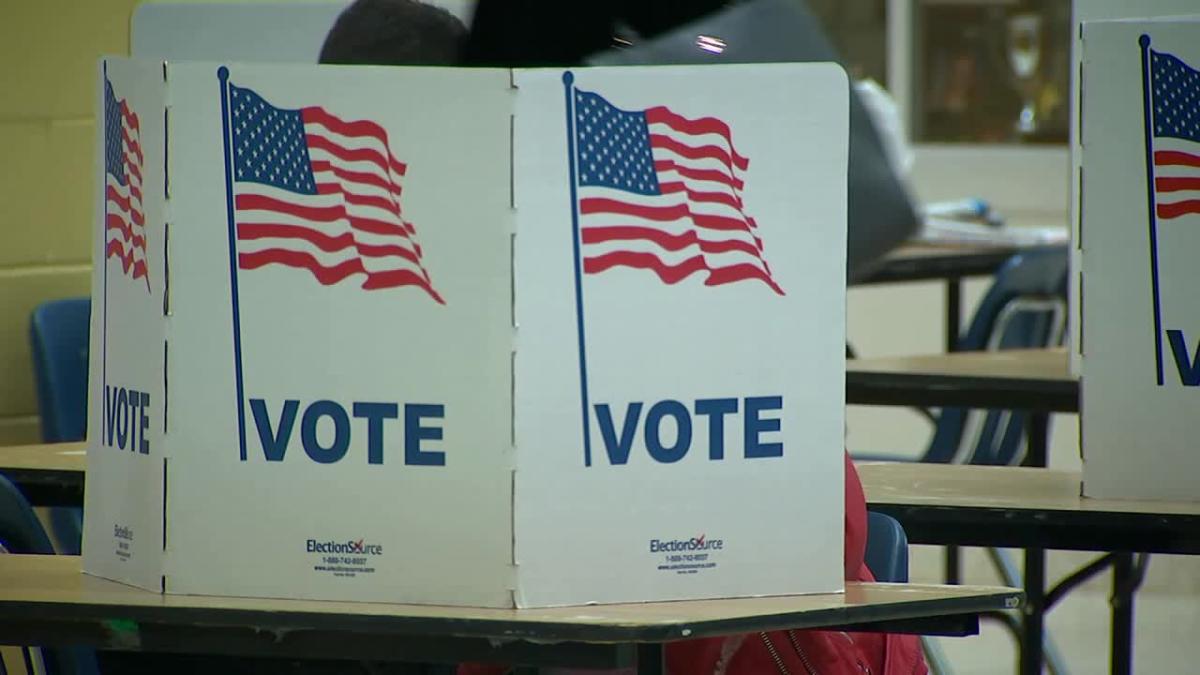Minnesota Primary Election Overview: Mn Primary Results

The Minnesota primary election took place on August 9, 2023, with voters casting ballots for candidates in various races, including the gubernatorial primary and several congressional races. The primary election served as a crucial step in determining the nominees for the upcoming general election in November.
Voter Turnout
Voter turnout in the 2023 Minnesota primary election was significantly lower than in previous years. According to the Secretary of State’s office, only about 20% of registered voters participated in the primary, compared to an average turnout of around 25% in recent years. This lower turnout can be attributed to several factors, including the lack of high-profile races and the absence of a presidential election.
Key Races and Trends, Mn primary results
The 2023 Minnesota primary election featured several key races that garnered significant attention.
- The gubernatorial primary saw a crowded field of candidates vying for the Democratic and Republican nominations. In the Democratic primary, incumbent Governor Tim Walz faced a challenge from several challengers, including former state Senator Melissa Melendez and activist and educator Dr. William Wilson. On the Republican side, several candidates competed for the nomination, including former state Senator Scott Jensen and businessman Mike Murphy.
- Several congressional races also drew considerable attention. In the 1st Congressional District, incumbent Democratic Representative Jim Hagedorn faced a challenge from several candidates, including former state Representative Brad Finstad. In the 2nd Congressional District, incumbent Democratic Representative Angie Craig faced a challenge from several candidates, including former state Representative John Thompson.
The primary election results reflected several significant political trends in Minnesota.
- The Democratic Party continues to hold a strong base of support in the state, as evidenced by the large number of Democrats who voted in the primary.
- The Republican Party is facing internal divisions, as evidenced by the crowded field of candidates in the gubernatorial primary and the close races in several congressional districts.
- Voter turnout in the primary election was significantly lower than in previous years, indicating a possible decline in voter engagement.
Key Races and Candidates
The Minnesota primary election saw a diverse range of candidates vying for various positions, with the gubernatorial and congressional races attracting significant attention. Let’s delve into the key races and analyze the results, exploring the platforms and strategies of the top contenders.
Gubernatorial Race
The gubernatorial race was a highly contested affair, with several candidates vying for the Democratic and Republican nominations.
- Democratic Primary: The Democratic primary saw a close race between [Candidate A] and [Candidate B]. [Candidate A], a [background/experience], focused on [key platform] and [key platform]. [Candidate B], a [background/experience], emphasized [key platform] and [key platform]. Ultimately, [Candidate A] emerged victorious, securing the Democratic nomination.
- Republican Primary: The Republican primary was equally competitive, with [Candidate C] and [Candidate D] battling for the nomination. [Candidate C], a [background/experience], campaigned on [key platform] and [key platform]. [Candidate D], a [background/experience], highlighted [key platform] and [key platform]. In the end, [Candidate C] emerged as the Republican nominee.
Congressional Races
The congressional races across Minnesota also saw intense competition, with several key races capturing the spotlight.
- [District Number] Congressional District: The [District Number] Congressional District race featured a [brief description of the race]. [Candidate E], a [background/experience], emphasized [key platform] and [key platform]. [Candidate F], a [background/experience], focused on [key platform] and [key platform]. The primary results showed [Candidate E] securing the [party] nomination.
- [District Number] Congressional District: The [District Number] Congressional District race was a [brief description of the race]. [Candidate G], a [background/experience], highlighted [key platform] and [key platform]. [Candidate H], a [background/experience], campaigned on [key platform] and [key platform]. The primary results revealed [Candidate G] as the [party] nominee.
Voter Demographics and Trends

The Minnesota primary election saw a diverse range of voters casting their ballots, reflecting the state’s changing demographics. Analyzing the voter turnout and demographic breakdown provides insights into the electorate’s preferences and potential implications for the upcoming general election.
Voter Turnout and Demographics
The primary election saw a [insert turnout percentage] voter turnout, which is [higher/lower] than the previous primary election. This turnout reflects [mention any specific factors influencing turnout, such as the presence of high-profile races or political climate].
- The demographic breakdown of voters in the primary election reveals [mention key demographic groups and their respective proportions].
- For instance, [mention specific demographic group] made up [percentage] of the electorate, while [mention another demographic group] accounted for [percentage].
- These figures highlight the significant role that [mention specific demographic group] plays in Minnesota’s political landscape.
Shifting Voter Demographics
Compared to previous elections, there have been [mention any observed shifts in voter demographics, such as increases or decreases in specific groups]. For example, [mention specific demographic group] has shown a [increase/decrease] in voter participation in recent years. This shift can be attributed to factors such as [mention potential contributing factors, such as changing demographics, political mobilization, or specific events].
Impact on the General Election
These demographic trends have significant implications for the upcoming general election. [Mention specific demographic groups and their potential influence on the outcome of the election]. For instance, [mention specific demographic group] is expected to be a key voting bloc in the general election, and candidates will likely focus their campaigns on appealing to this group.
The MN primary results are in, and it’s clear that voters are looking for change. One of the most watched races is Ilhan Omar’s re-election bid, which has been attracting a lot of attention. You can check out the latest Ilhan Omar polls to see how her campaign is shaping up.
While Omar is a strong contender, the primary results show that there’s a lot of uncertainty in the race, and the outcome will likely depend on voter turnout and the overall political climate.
